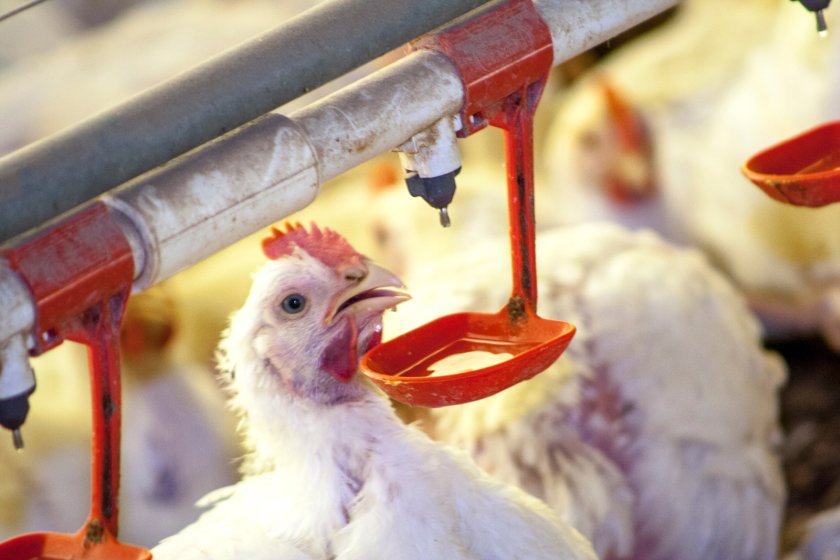
Harrogate hosted the 2024 Northern Broiler Conference on Tuesday 13 February, with over 300 farmers attending to hear about concerns surrounding the rise in salmonella.
Doris Mueller-Doblies, global food safety consultant for Elanco, presented a statistical analysis of salmonella prevalence in UK and EU broiler flocks, which should be cause for concern to all.
Although the long-term picture is of falling reported cases of human infection in the last 20 years, the rate of improvement has plateaued since 2013.
The incident rate of salmonella in broiler flocks is now rising alarmingly, with over 4% of flocks testing positive in 2022, a rise of 56% over the prior year, the highest since 2009, and double the rate of the EU.
Mueller-Doblies also highlighted that the truth might be worse if official sampling replaced operator sampling; the statistics indicate that official tests appear ten times more likely to yield a positive detection than operator swabs.
Whereas regulated salmonella serotypes Enteritidis and Typhimurium have been the most prevalent previously, now Infantis represents more than 50% of all detections.
So, what has changed? The removal of formaldehyde, historically used to inhibit salmonella in feeds during feed processing, is one theory, but this came into effect in 2018, and it’s only in the past three years that Infantis has become so prominent.
According to the published official statistics, in the three years leading up to 2020, there was a single detection of Infantis in National Control Program testing. In 2021 there were 24 isolations, and in 2022, there were 81.
Infantis is an unregulated serovar - or variation - but that doesn’t mean it’s not a significant issue. Human cases are relatively low, and it doesn’t pose the same serious threat to health as SE/ST.
Nonetheless, once established, Mueller-Doblies warns that removing it is incredibly difficult, and no vaccine is available.
Mueller-Doblies explained that new strains of Infantis were being detected with multi-drug resistance and bringing considerable costs to the infected premises, be that farm, factory or feed mill.
Spread appears via horizontal rather than vertical transmission, with vectors including feed and catching equipment and personnel.
Farmers on the continent are being penalised, with factories refusing to process birds or paying reduced rates. Repeated detections are resulting in lost contracts for growers.
Eradication is not cheap either, with Mueller-Doblies quoting one large farm having spent more than €1m in C&D, or over €2 per bird.
